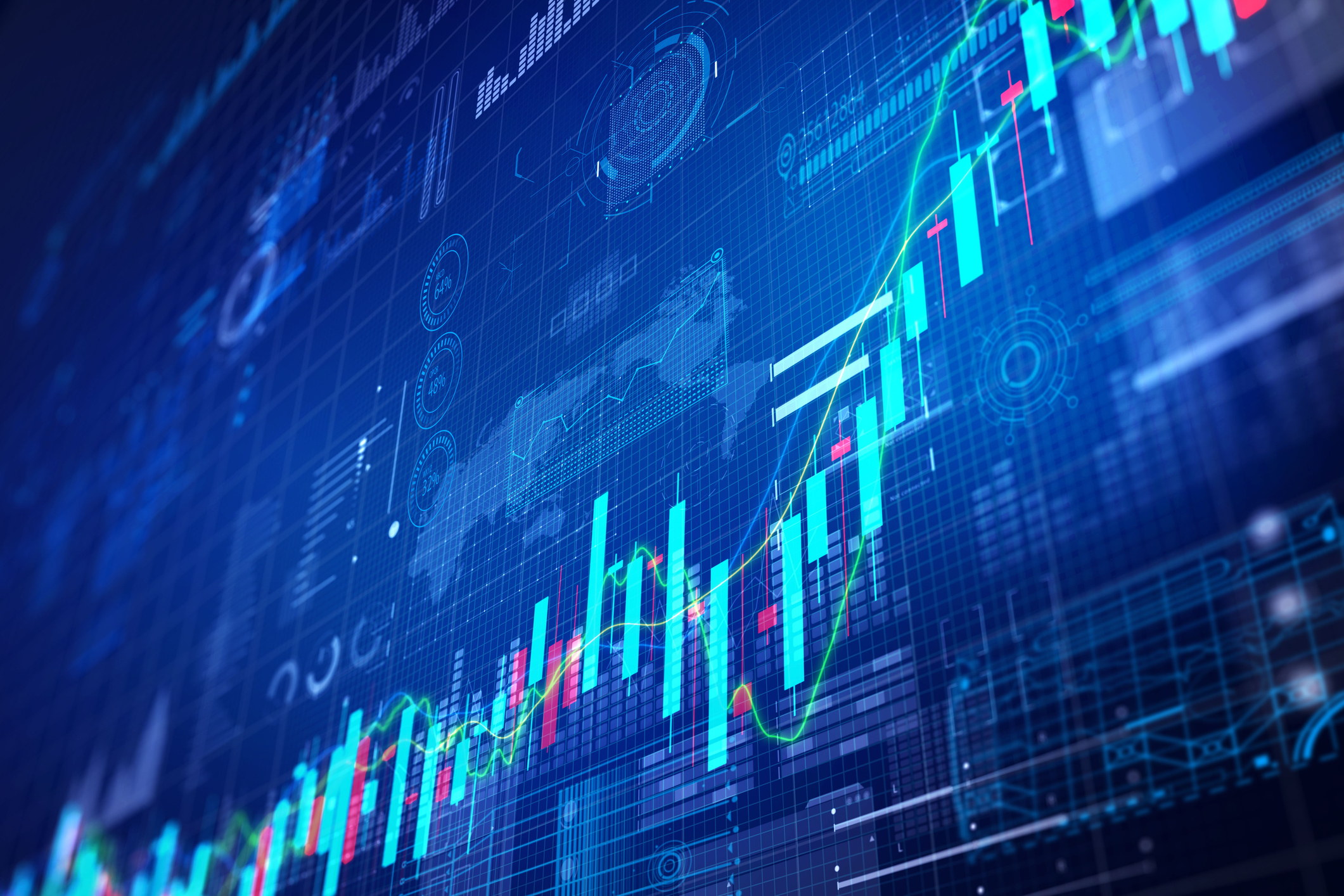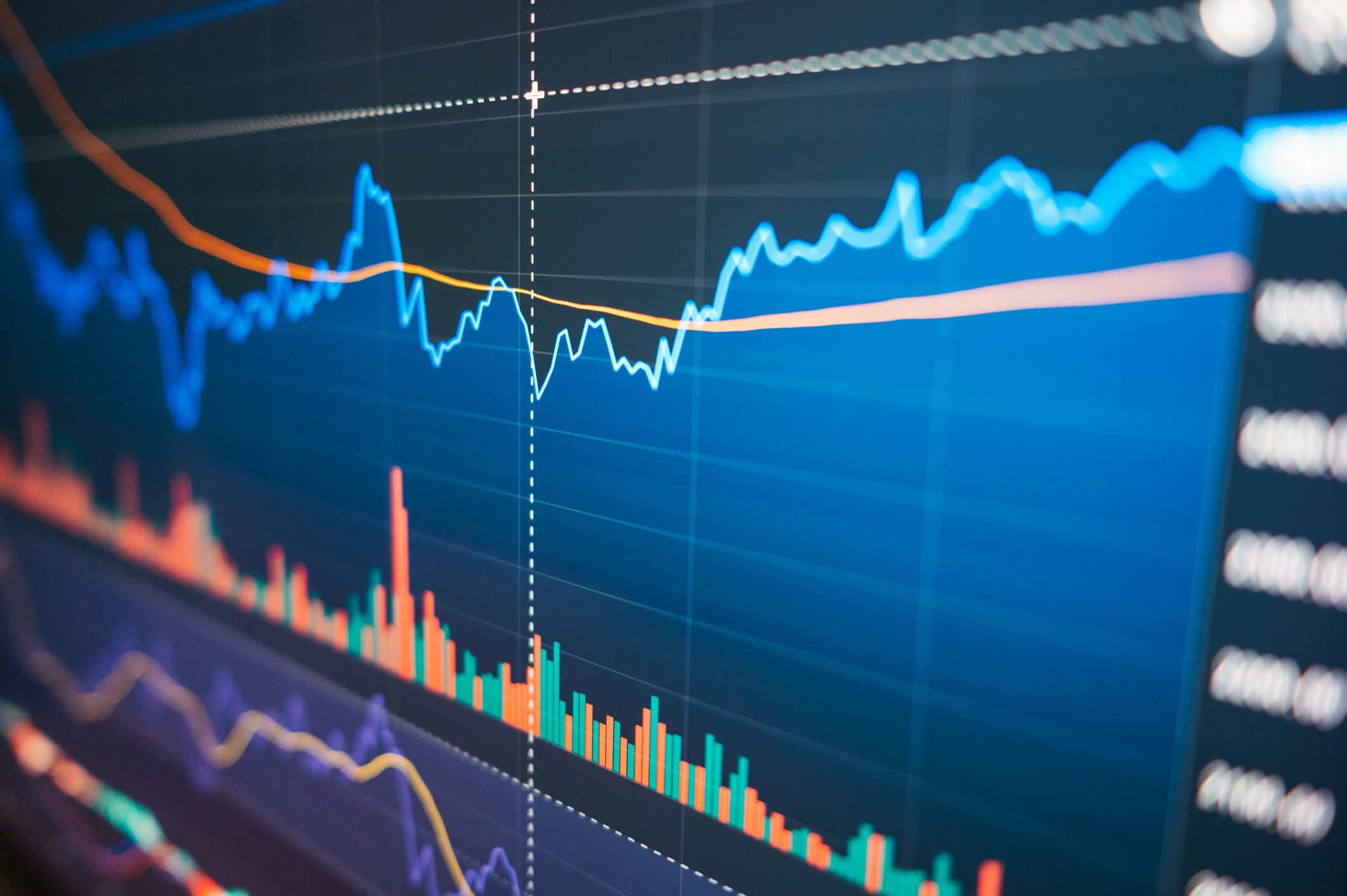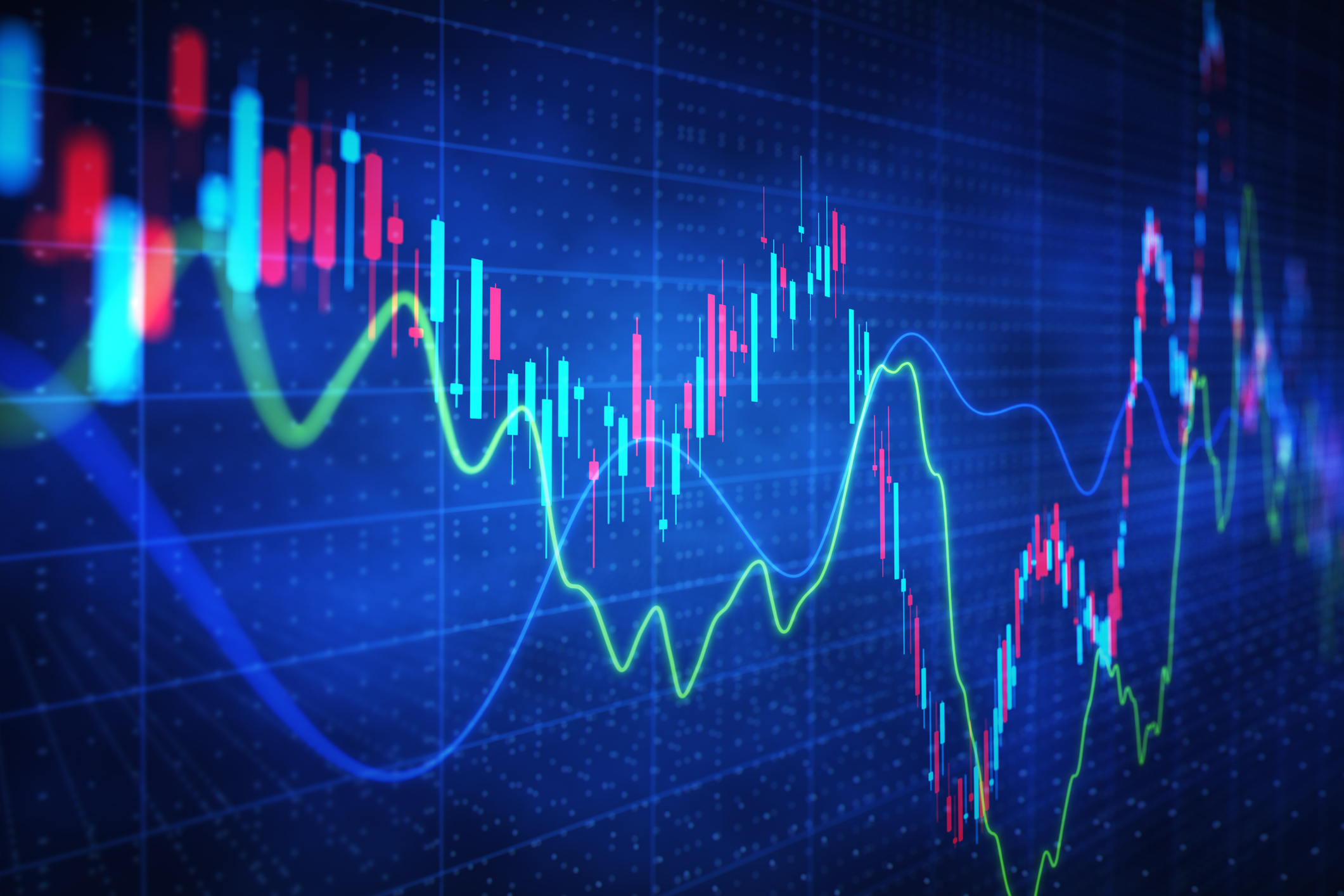6 Big Worries for This Bull Market
Stocks have been on a tear this summer. What could go wrong?

Investors have been treated to an incredible summer rally in 2012. From June 1 through September 19, Standard & Poor's 500-stock index rose nearly 14.2% -- about as much as the market's gain for the year so far. The S&P is just about 7% below its record high of 1565, set in October 2007. Smaller-company indexes have already reached record highs.
But the market is nothing if not perverse. It's precisely when things are going along swimmingly that you need to watch for red flags. We're not predicting that stocks are about to plunge, or even that the remarkable rally is at its end. But complacency is not a wise approach. It's in that spirit that we remind you of some of the stock market's biggest worries.
1. Inflation
On September 13, the Federal Reserve Board announced that it would continue doing everything in its power to push long-term interest rates down and pump some cash into the economy, in a bid to stimulate growth -- employment growth especially. The Fed said it will buy $40 billion of mortgage-backed bonds a month until the job picture improves. "We want to see more jobs," Fed chairman Ben Bernanke said at a news conference. This round of asset purchases, known as quantitative easing, is the Fed's third since 2008 but the first without a preset time limit. QE3, as it is called, combined with ongoing programs will result in the central bank buying $85 billion worth of bonds and mortgages a month until the end of the year. Plus, the Fed promised to keep short-term rates at zero or barely above through mid 2015.

Sign up for Kiplinger’s Free E-Newsletters
Profit and prosper with the best of expert advice on investing, taxes, retirement, personal finance and more - straight to your e-mail.
Profit and prosper with the best of expert advice - straight to your e-mail.
The news sent stocks soaring, the gains piling onto previous gains. That makes sense, because stocks benefit when competition from interest-bearing investments is weak or nonexistent.
But you could argue that there's already excess liquidity in the economy. What's lacking is confidence on the part of businesses and consumers. "Look at it this way," says Sam Stovall, chief equity strategist at S&P Capital IQ, "if Hostess doubles the output of Twinkies but no one eats them, do we still gain weight?"
The risk is that the infusion of yet more cash could trigger inflation that might get quickly out of hand as the economy gains strength. To some observers, inflation is already a concern. The consumer price index logged its largest monthly increase in three years last August, fueled by a 9% surge in gas prices. The drought in the Midwest is already bumping up food prices. But the core rate of inflation, excluding food and energy, barely budged in August. For the year, overall inflation remains subdued, at a 1.7% rate for the past 12 months, and is likely to stay that way until wages start climbing.
See Kiplinger's economic outlook for inflation.
2. An Earnings Peak
Besides low interest rates, corporate earnings are another engine driving the stock market higher. But earnings are starting to sputter as the global economic slowdown takes its toll. In the second quarter, while profits from domestic sales for S&P companies hit a record high, profits from overseas sales slipped 3.2%, notes stock market strategist Ed Yardeni.
No wonder companies are flooding the financial news with warnings about subpar profits. Chip maker Intel recently cut its third-quarter sales forecast, citing weaker demand amid slumping personal computer sales worldwide. FedEx also joined the chorus of companies warning that the global economic slowdown would depress its sales and earnings.
So far, 88 companies in the S&P 500 have issued profit warnings for the third quarter of 2012, while only 21 companies have signaled positive results. That is the worst showing since the third quarter of 2001, says Thomson Reuters. All told, S&P expects third-quarter earnings to decline 2% below levels logged in the third quarter of 2011. For the year, Wall Street analysts expect earnings to increase 4%. For stock investors used to relentless double-digit profit growth, that is a bleak picture.
3. Middle East Turmoil
Protests against the U.S. have turned violent in Libya, Egypt, Tunisia, Sudan and Yemen, while tensions are mounting between Israel and Iran. Escalation anywhere could threaten oil supplies, dealing a blow to the U.S. economy and the stock market. Oil prices already shot up to a four-month high in futures markets following the Fed's announcement of QE3, as traders bet that a shot in the arm for the economy will lead to higher oil demand.
But geopolitical tensions threaten supplies -- or could induce traders to bid up prices just from the fear of disruptions. As Israel becomes increasingly concerned about Iran's nuclear capabilities, military leaders in Iran have threatened to disrupt oil shipments through the Strait of Hormuz, through which one-fifth of the world's oil trade passes. "The possibility of a unilateral Israeli strike on Iran is a worrisome one and would have unforeseen effects on the global economy and financial markets," writes Bob Doll, a senior adviser to BlackRock, in a note to the investment firm's clients.
Oil is trading at about the $100-a-barrel mark, up from less than $80 a barrel in June. For more on oil, see Kiplinger's energy outlook.
4. The "Fiscal Cliff"
This phrase refers to about $500 billion in automatic tax increases and spending cuts set to go into effect in January, unless -- and it's a huge unless -- Congress acts. While many forecasters, including Kiplinger, believe Congress will come up with a stop gap measure until a more substantive agreement can be hammered out, a dive off the cliff could hurtle the economy into recession. The Congressional Budget Office projects that the economy could contract by 0.5% if Congress doesn't put off the fiscal belt-tightening. Unemployment could go back above 9% from just over 8% now. By contrast, avoiding the fiscal cliff could lead to GDP growth of 1.7% next year, according to CBO.
Bank of America Merrill Lynch chief economist Ethan Harris thinks that there's virtually no chance of a congressional compromise before the elections in November and that the risk of post-election paralysis remains high. "The risk of going over the cliff may be highest if there is a change in power in Washington," says Harris in a recent report. "During the lame-duck session the party that comes out ahead has little incentive to reach a compromise."
The question becomes whether the markets believe an eventual settlement is within reach or a settlement is heading into limbo for a year or two. If the impasse persists, how can businesses or households make spending plans in such an environment? And by extension, how can you and other stock investors be expected to pay higher prices for sluggish corporate earnings?
For more about the fiscal cliff, see GOING LONG: Fiscal Cliffhanger for Investors, in which columnist Jeremy Siegel predicts that stock prices could fall 10% to 20% by year-end if Congress does not act.
5. A Lack of Economic Traction
The economic recovery in the U.S. remains fragile. In every quarter since the beginning of the recovery, inflation-adjusted economic growth has been less than half of what it has typically been in recoveries since World War II, according to S&P's Stovall. It's possible the Fed's latest bold move won't achieve its objective of spurring growth. That goes for central bankers in Europe, too, where the debt crisis still simmers. Meanwhile the slowdown in China, the main driver of global economic growth, has experts worried. Exports, representing about one-fourth of the Chinese economy, have slowed sharply in recent months -- they rose less than 3% in August compared with a year ago, depressed by Europe's recession and the anemic recovery here. Still, a slow year in China might translate into 7% GDP growth, down from double digits two years ago.
Kiplinger's expects real GDP growth in the U.S. of about 2% this year, as well as next year. See our GDP outlook for more.
6. The Bull's Advancing Age
At three and a half years old, the bull market is fast approaching the median duration of bull markets for the past 80 years, notes Jim Stack, of InvesTech Research. Moreover, since the 1950s, more than two-thirds of bull markets have peaked in the second half of the year.
All of these issues are legitimate causes for caution. But it doesn't mean we're saying the bull market is a goner. In fact, David Kelly, chief global strategist at JPMorgan Funds, says that if he had to articulate his biggest worry about the stock market, it would be that people worry too much. The truth remains that so many other investments, as well as plain old savings in the bank and money elsewhere on the sidelines, just don't return much or are already even more expensive than the majority of the stock market.
Kelly says, "I see $10 trillion of cash on the sidelines today earning returns denominated in fractions of a percent -- that means earning negative returns after inflation." If you're a long-term investor with a plan, better to stick to it than to fret about the stock market's near-term hurdles. Instead, remind yourself of the old Wall Street adage: A bull market climbs a wall of worry. This one sure has. And let's face it, in this day and age, there will always be something to moan about.
Kiplinger's Investing for Income will help you maximize your cash yield under any economic conditions. Subscribe now!
Get Kiplinger Today newsletter — free
Profit and prosper with the best of Kiplinger's advice on investing, taxes, retirement, personal finance and much more. Delivered daily. Enter your email in the box and click Sign Me Up.

Anne Kates Smith brings Wall Street to Main Street, with decades of experience covering investments and personal finance for real people trying to navigate fast-changing markets, preserve financial security or plan for the future. She oversees the magazine's investing coverage, authors Kiplinger’s biannual stock-market outlooks and writes the "Your Mind and Your Money" column, a take on behavioral finance and how investors can get out of their own way. Smith began her journalism career as a writer and columnist for USA Today. Prior to joining Kiplinger, she was a senior editor at U.S. News & World Report and a contributing columnist for TheStreet. Smith is a graduate of St. John's College in Annapolis, Md., the third-oldest college in America.
-
 80-Year Old Dick Durbin, the Senate’s No. 2 Democrat, To Retire After 44 Years in Congress
80-Year Old Dick Durbin, the Senate’s No. 2 Democrat, To Retire After 44 Years in Congress‘In my heart, I know it’s time to pass the torch,’ Senator Durbin said in a statement.
By Kathryn Pomroy
-
 Stock Market Today: Stocks Rise on Good Volatility
Stock Market Today: Stocks Rise on Good VolatilityInvestors, traders and speculators continue to process the "known unknown" of global tariff-and-trade war negotiations.
By David Dittman
-
 Why Is Warren Buffett Selling So Much Stock?
Why Is Warren Buffett Selling So Much Stock?Berkshire Hathaway is dumping equities, hoarding cash and making market participants nervous.
By Dan Burrows
-
 If You'd Put $1,000 Into Google Stock 20 Years Ago, Here's What You'd Have Today
If You'd Put $1,000 Into Google Stock 20 Years Ago, Here's What You'd Have TodayGoogle parent Alphabet has been a market-beating machine for ages.
By Dan Burrows
-
 Stock Market Today: Stocks Retreat Ahead of Nvidia Earnings
Stock Market Today: Stocks Retreat Ahead of Nvidia EarningsMarkets lost ground on light volume Wednesday as traders keyed on AI bellwether Nvidia earnings after the close.
By Dan Burrows
-
 Stock Market Today: Stocks Edge Higher With Nvidia Earnings in Focus
Stock Market Today: Stocks Edge Higher With Nvidia Earnings in FocusNvidia stock gained ground ahead of tomorrow's after-the-close earnings event, while Super Micro Computer got hit by a short seller report.
By Karee Venema
-
 Stock Market Today: Dow Hits New Record Closing High
Stock Market Today: Dow Hits New Record Closing HighThe Nasdaq Composite and S&P 500 finished in the red as semiconductor stocks struggled.
By Karee Venema
-
 Stock Market Today: Stocks Pop After Powell's Jackson Hole Speech
Stock Market Today: Stocks Pop After Powell's Jackson Hole SpeechFed Chair Powell's Jackson Hole speech struck a dovish tone which sent stocks soaring Friday.
By Karee Venema
-
 Stock Market Today: Stocks Drop Ahead of Powell's Jackson Hole Speech
Stock Market Today: Stocks Drop Ahead of Powell's Jackson Hole SpeechSentiment turned cautious ahead of Fed Chair Powell's highly anticipated speech Friday at the Jackson Hole Economic Symposium.
By Karee Venema
-
 Stock Market Today: Stocks Rise After Jobs Data Lifts Rate-Cut Odds
Stock Market Today: Stocks Rise After Jobs Data Lifts Rate-Cut OddsPreliminary data from the Bureau of Labor Statistics shows job growth was lower than previously estimated.
By Karee Venema